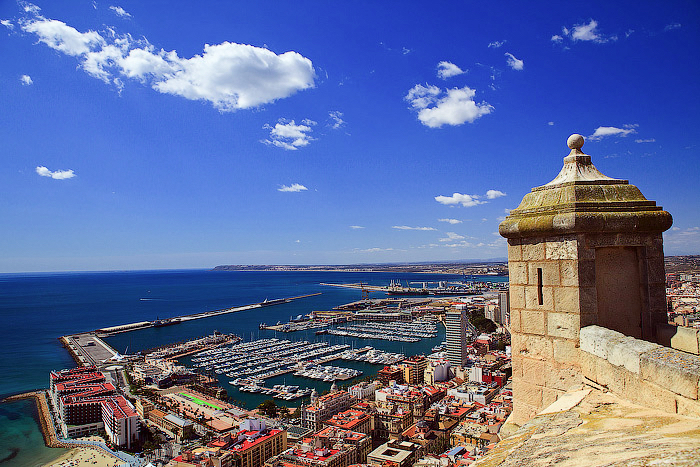David Wilson
Contributor
Model 1016
 Another J-shaped snorkel with a lugged mouthpiece at the demand end and a snorkel keeper on the barrel for attachment to a diving mask.
Another J-shaped snorkel with a lugged mouthpiece at the demand end and a snorkel keeper on the barrel for attachment to a diving mask.
I am afraid the catalogue has no explanation of what the Heath-Robinson-style contraption is at the supply end. The rubber tube attached at the top may be an extension to cushion shocks if the supply end collides with a rock, but I cannot hazard a guess about the purpose or function of what look like metal fittings. Here is the catalogue illustration of the device as separate replacement parts:
 Any ideas about the purpose or function of these items? Answers on a postcard... Or better still, post a message on this thread.
Any ideas about the purpose or function of these items? Answers on a postcard... Or better still, post a message on this thread.
I am afraid the catalogue has no explanation of what the Heath-Robinson-style contraption is at the supply end. The rubber tube attached at the top may be an extension to cushion shocks if the supply end collides with a rock, but I cannot hazard a guess about the purpose or function of what look like metal fittings. Here is the catalogue illustration of the device as separate replacement parts:




